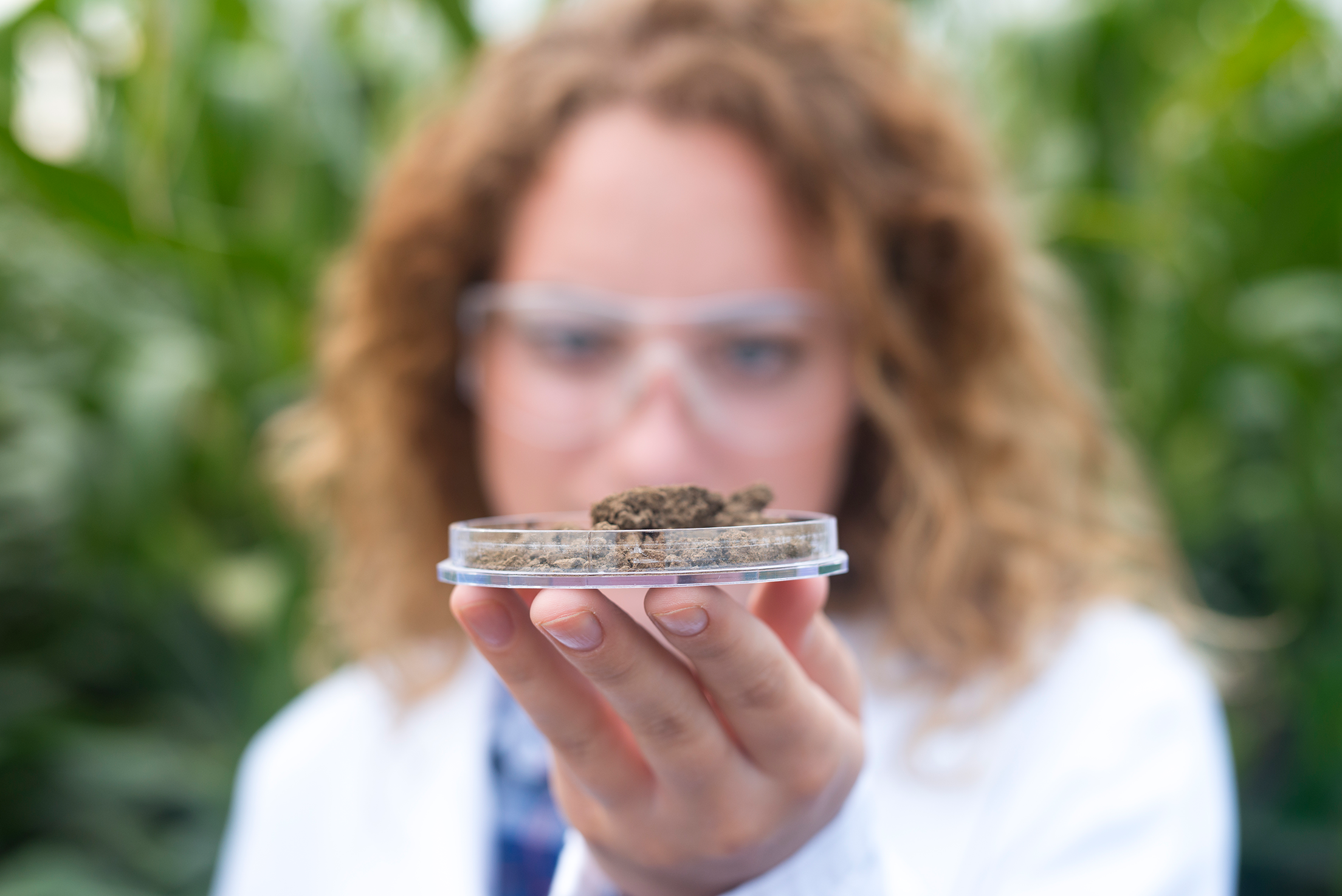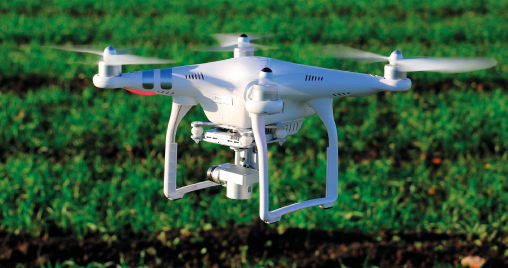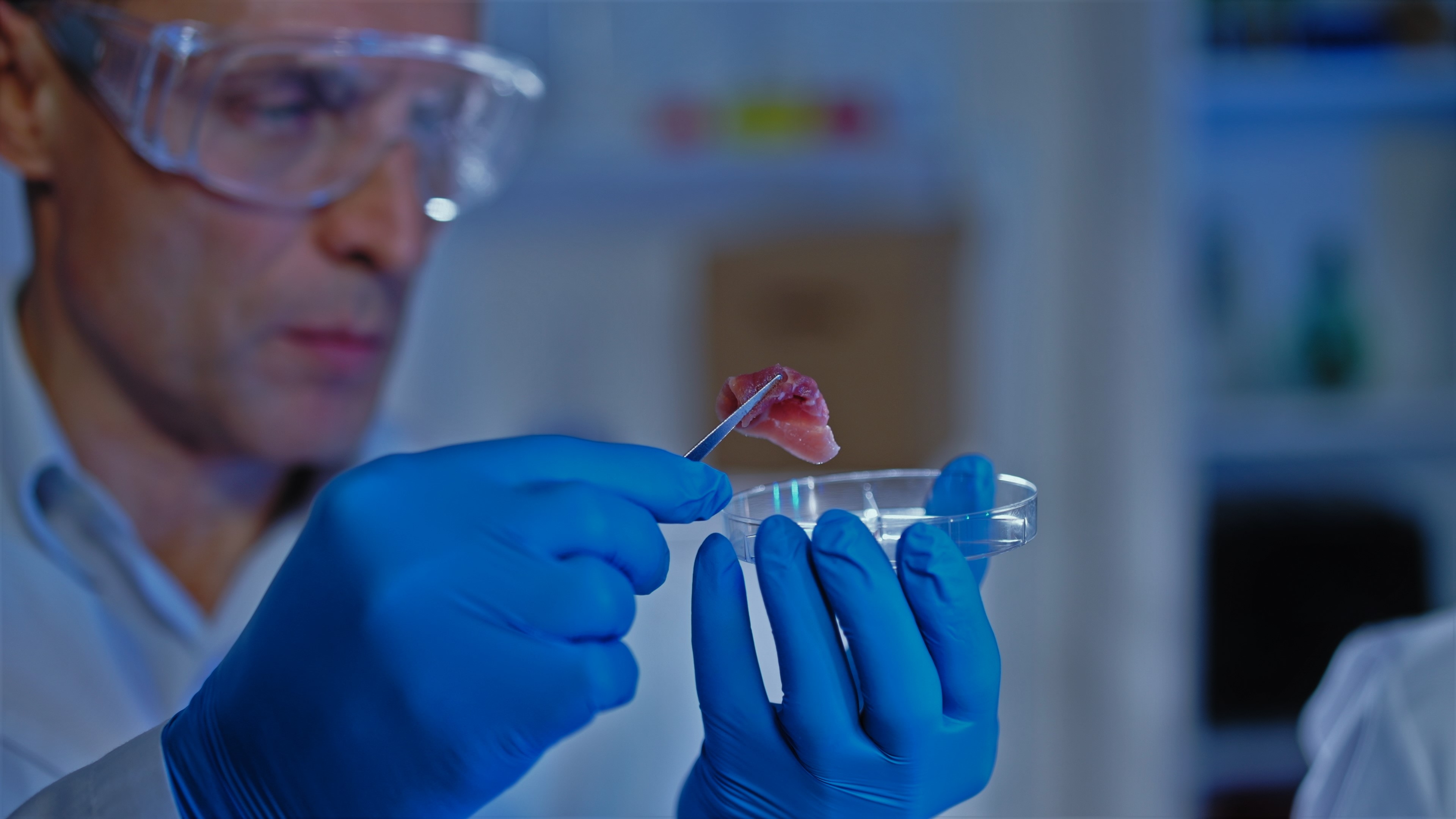In November 2023 we hosted our second Alternative Protein's webinar titled 'How to Keep Food Authentic: Navigating Alternative Proteins'. During the session, our expert speakers: Dr Rosario Romero (Fera Science), Dr Sophie Rollinson (Defra), Dr Hannah Lester (ATOVA Regulatory Consulting), Dr Chris Bryant (Bryant Research), and Dr Michael Walker (Queen's University Belfast) talked through the findings of the Defra report released last year "Implications of emerging novel protein sources for food authenticity and labelling". They also led discussions on the innovative developments in the alternative protein industry, potential risks, and the importance of regulatory frameworks and authenticity testing in ensuring consumer confidence and safety.
Below are the thought-provoking questions posed to the webinar panellists by the attendees during the live session, and their responses.
_________________________________________________________________________
Question 1: Can you elaborate on what type of challenges and solutions are covered in the chapter on scaling up (and technology)?
Panellist to Answer: Dr Rosario Romero and Dr Michael Walker
Answer 1: (RR) The report does not cover production challenges. Scaling up was just mentioned in the introductory slides but it’s not something we have researched.
Answer 2 (MW): Horsemeat taught us that scalable analytical methods are important. Currently this is less challenging for DNA approaches (PCR and NGS) once the infrastructure is in place. The paucity of plant bioinformatics will be a major hurdle, though. ELISA and mass spectrometry bases approaches are more challenging as multiplexing is costlier.
Question 2.1: What are considerations businesses should take into account when labelling cultivated meat products? E.g. can you use the term burger/steak for non-traditional meat products?
Question 2.2: Can you provide information on cultivated meat labelling e.g. are there any issues around calling those 'steaks' if they are grown in a lab? What else should business consider when labelling these products?
Panellist to Answer: Dr Chris Bryant
Answer: (CB) So far, cultivated meat products are labelled as meat with a qualifier in the countries which have approved it (Singapore and the US). There is an even stronger case to use meat labels for cultivated meat products, on the basis of allergen safety. For example, someone who is allergic to seafood will very likely be allergic to cultivated seafood – a regulator having assured us that cultivated seafood is something other than seafood would be of little comfort to somebody who eats it and has an allergic reaction…! Hopefully regulators around the world continue this common sense approach to cultivated meat labelling.
US). There is an even stronger case to use meat labels for cultivated meat products, on the basis of allergen safety. For example, someone who is allergic to seafood will very likely be allergic to cultivated seafood – a regulator having assured us that cultivated seafood is something other than seafood would be of little comfort to somebody who eats it and has an allergic reaction…! Hopefully regulators around the world continue this common sense approach to cultivated meat labelling.
Question 3: Do you expect to see cultivated meat approved for use in the near future?
Panellist to Answer: Dr Hannah Lester
Answer: (HL) Good question! The answer depends on several considerations, but the good news is, Aleph Farms have already submitted their dossier to the Food Standards Agency, so I would hope to see the product approved in the next 18-36 months. As of December 2023, no cultivated meat/seafood company has submitted a novel food dossier to the European Commission and the European Food Safety Authority, but we hope to see the first dossiers go in Q1 of 2024. I estimate time from dossier submission to approval for the first cultivated meat dossier to be 24-48 months in the EU.
Question 4: Is there currently an agreed analytical approach to determine authenticity/origin of plant based/cultivated, insect protein etc?
Panellist to Answer: Dr Michael Walker
Answer: (MW) There are models, (see references at the bottom of the page)
The workflow is likely to include in silico bioinformatics searches, followed by (and this is a must!) in vitro discovery genomics, proteomics and metabolomics to verify the in silico work and demonstrate sequence heterogeneity that can be used to distinguish species, cultivars, proteins and commodities. As you can see I am a fan of complementary techniques and a weight of evidence approach. As I mentioned in my talk, none of this happens unless it is prioritised and funded!
Question 5: Is there a timeline for accredited analytical methods and are the FSA, ACNFP and COT involved with this to provide some reassurance to those undertaking expensive analytical work. In short what will they accept?
Panellist to Answer: Dr Michael Walker
Answer: (MW) I’m not aware of a timeline as such. As to what will be accepted my experience in the COT Joint Expert Groups https://cot.food.gov.uk/jointexpertgroups indicates that ISO/IEC 17025 accreditation unlocks acceptance of the analytical data produced but accreditation of opinions is also key https://european-accreditation.org/wp-content/uploads/2019/10/EA-4-23-rev01_16th-october-2019.pdf . Neither of these options is facile and inexpensive (as the questioner makes clear). Hence the ned for prioritisation and funding of exploratory work and subsequent method validation. Recognising that accreditation is expensive and time consuming, demonstrating adequate method performance characteristics, a quality system in place and proficiency testing performance (short of full accreditation) is an option, albeit still not without costs.
Question 6: With respect to the planned e-seminar for analytical labs; can you also make this material available to microbiologists working as advisors in the private sector?
Panellist to Answer: Dr Sophie Rollinson
Answer: (SR) The planned e-seminar on alternative proteins will be published on the food authenticity network where it will be available for anyone to access.
Question 7: How is "minimally processed" defined with regards to novel food?
Panellist to Answer: Dr Hannah Lester
Answer: (HL) There is no legal definition of minimally processed novel foods, but “processing” in the context of food means any action that substantially alters the initial product, including heating, smoking, curing, maturing, drying, marinating, extraction, extrusion or a combination of those processes.
 In a recent report published by the House of Lords on ultra-processed foods, they define minimally processed foods as unprocessed foods that have been altered by industrial processes, such as chilling, freezing and powdering. For example, frozen vegetables, herbs and spices. Precision fermentation proteins may be identical in terms of gene sequence, however, since they are expressed by microorganisms, post-translational modifications of the proteins may be different or absent compared to the natural counterpart. This may influence properties such as allergenicity potential, so it is important. Also, consumers have the right to understand how food has been produced so they can make informed choices about what to buy, so there is a need for transparency and for tools to verify food labelling.
In a recent report published by the House of Lords on ultra-processed foods, they define minimally processed foods as unprocessed foods that have been altered by industrial processes, such as chilling, freezing and powdering. For example, frozen vegetables, herbs and spices. Precision fermentation proteins may be identical in terms of gene sequence, however, since they are expressed by microorganisms, post-translational modifications of the proteins may be different or absent compared to the natural counterpart. This may influence properties such as allergenicity potential, so it is important. Also, consumers have the right to understand how food has been produced so they can make informed choices about what to buy, so there is a need for transparency and for tools to verify food labelling.
Question 8: Why is it essential to distinguish the proteins from "natural" sources vs Precision Fermentation if they're identical at a molecular level?
Panellist to Answer: Dr Rosario Romero
Answer: (RR) Precision fermentation proteins may be identical in terms of gene sequence, however, since they are expressed by microorganisms, post-translational modifications of the proteins may be different or absent compared to the natural counterpart. This may influence properties such as allergenicity potential, so it is important. Also, consumers have the right to understand how food has been produced so they can make informed choices about what to buy, so there is a need for transparency and for tools to verify food labelling.
___________________________________________________________________________________
Find out more information Fera's Collaborative Series and the webinar below:
For more information about Fera's Alternative Protein and Novel Food services please visit here: https://content.fera.co.uk/alternative-proteins-and-novel-foods
Connect with Fera to discuss your novel foods requirements below:
References for Question 4:
- Walker, M.J., Burns, M., Quaglia, M., Nixon, G., Hopley, C.J., Gray, K.M., Moore, V., Singh, M. and Cowen, S., 2018. Almond or mahaleb? Orthogonal allergen analysis during a live incident investigation by ELISA, molecular biology, and protein mass spectrometry. Journal of AOAC International, 101(1), pp.162-169.
- Delgado-Tejedor, A., Leekitcharoenphon, P., Aarestrup, F.M. and Otani, S., 2021. Evaluating the usefulness of next-generation sequencing for herb authentication. Food Chemistry: Molecular Sciences, 3, p.100044.
- Rai, A. K., Khan, S., Kumar, A., Dubey, B. K., Lal, R. K., Tiwari, A., Trivedi, P. K., Elliott, C. T., & Ch, R. (2023). Comprehensive metabolomic fingerprinting combined with chemometrics identifies species- and variety-specific variation of medicinal herbs: an Ocimum study. Metabolites, 13(1), Article 122. https://doi.org/10.3390/metabo13010122
- There are lessons from GMO and NGT (new genomic techniques) see - https://www.linkedin.com/posts/uk-nml_analytical-strategies-for-detection-of-gmos-activity-7142815908908990464-zEVj?utm_source=share&utm_medium=member_desktop
- Databases are also important – see Donarski, J., Camin, F., Fauhl-Hassek, C., Posey, R. and Sudnik, M., 2019. Sampling guidelines for building and curating food authenticity databases. Trends in Food Science & Technology, 90, pp.187-193.
- And more work on non-targetted analyses – see McGrath, T.F., Haughey, S.A., Patterson, J., Fauhl-Hassek, C., Donarski, J., Alewijn, M., van Ruth, S. and Elliott, C.T., 2018. What are the scientific challenges in moving from targeted to non-targeted methods for food fraud testing and how can they be addressed?–Spectroscopy case study. Trends in Food Science & Technology, 76, pp.38-55.
- A weight of evidence approach might usefully involve evaluative reporting based on forensic likelihood ratio theory – see for example: Walker, M.J., Cowen, S., Gray, K. et al.Honey authenticity: the opacity of analytical reports—part 2, forensic evaluative reporting as a potential solution. npj Sci Food 6, 12 (2022). https://doi.org/10.1038/s41538-022-00127-5










